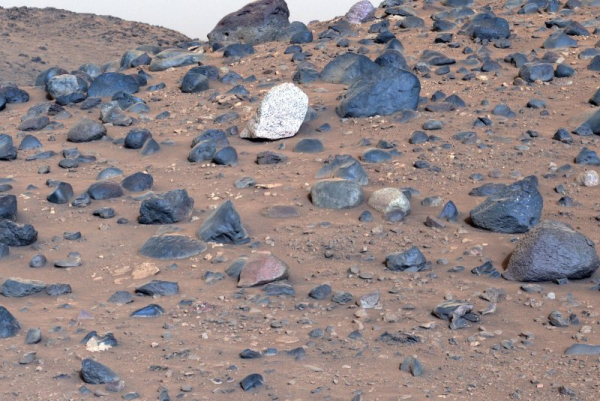
The National Aeronautics and Space Administration announced Wednesday that it may have discovered signs of ancient life on Mars.
A NASA press release said that last year, the Perseverance rover collected a sample from a long-dried Martian riverbed that “contains textures, chemical and mineral characteristics, and organic traces that could be considered 'potential biosignatures,'” according to a paper published in the journal Nature Wednesday.
A biosignature is a material or structure that may be biological in origin but requires further study or information before it can be determined whether it indicates the presence or absence of life.
“The discovery of a potential biosignature on the Red Planet is a groundbreaking discovery that will advance our understanding of Mars,” said Acting NASA Administrator and U.S. Secretary of Transportation Sean Duffy in a press release. “NASA will continue to adhere to the principles of 'gold standard science' as we strive to achieve our goal of setting foot on the rocky soil of Mars.”
The sample, dubbed “Sapphire Canyon,” was taken from a rock called “Cheyawa Falls” that Perseverance recovered from a riverbed in an area known as Jezero Crater.
The minerals found in the sample may be formed as conversion products of “microbial sulfate reduction,” a biological process without oxygen carried out by some microorganisms.
“Such minerals,” notes the article in the journal Nature, “are among the earliest chemical evidence of life on Earth and are considered potential biosignatures in the search for life on Mars.”
Sourse: www.upi.com





